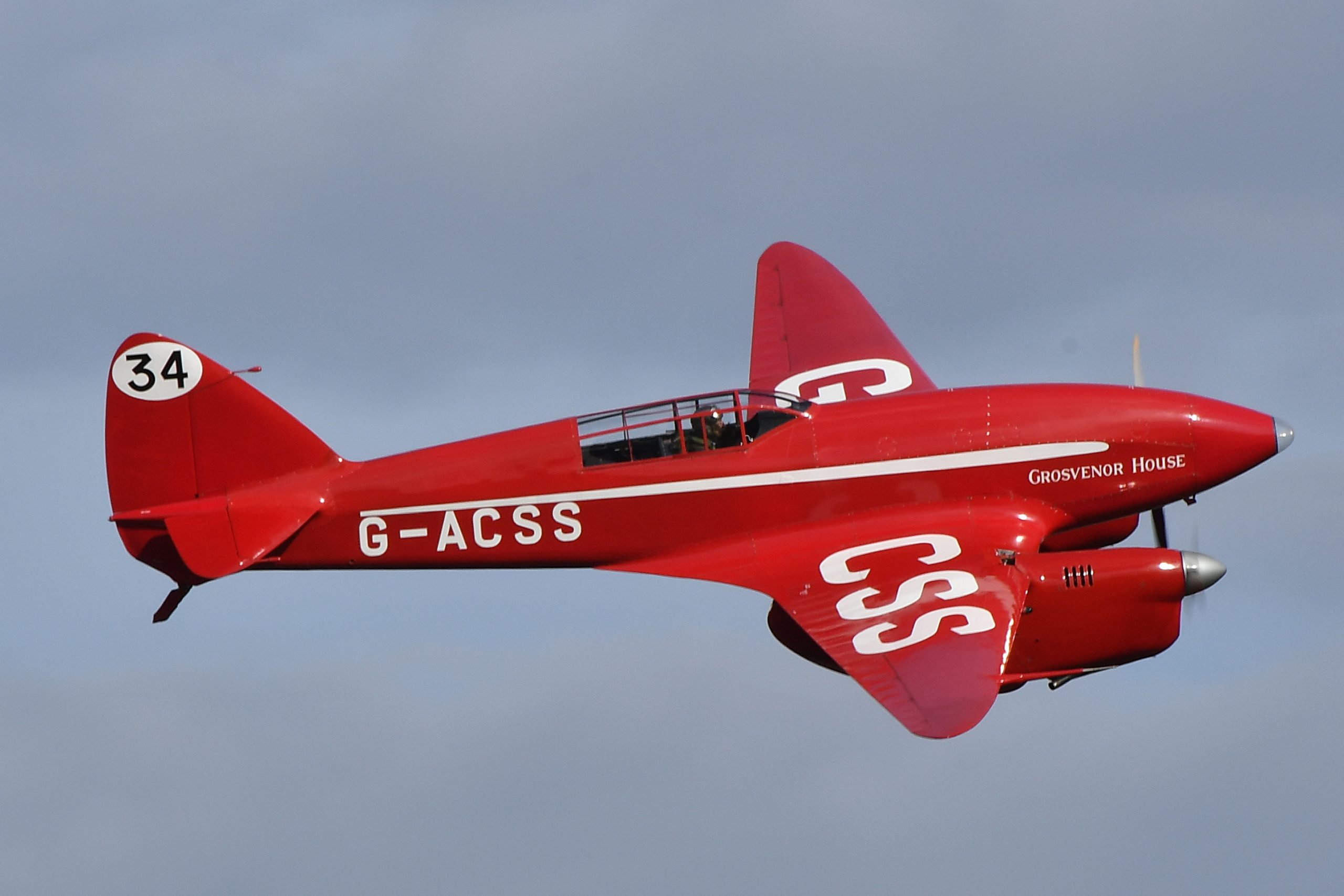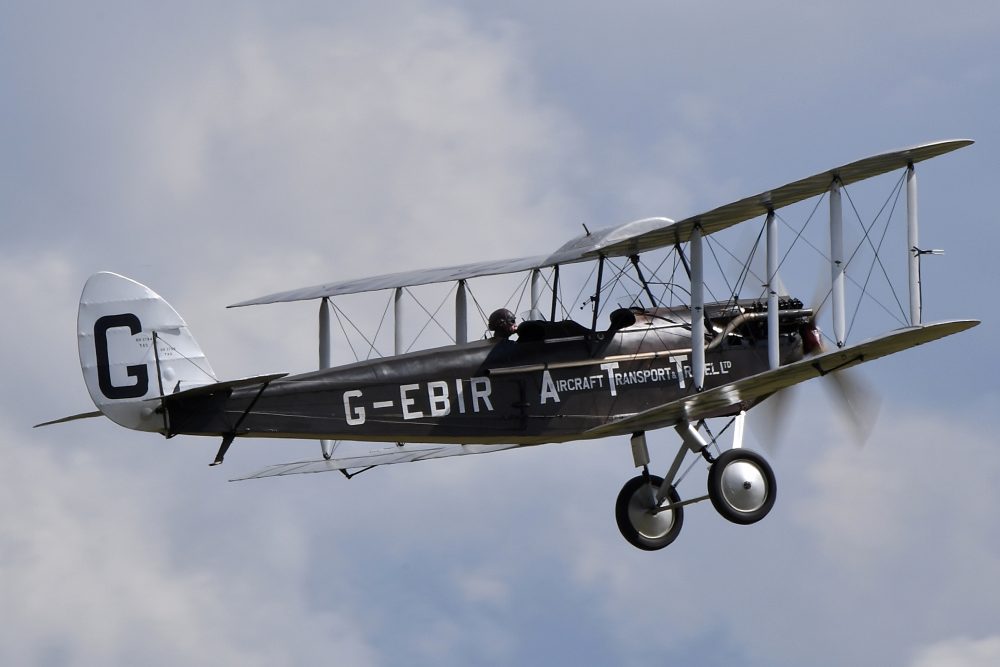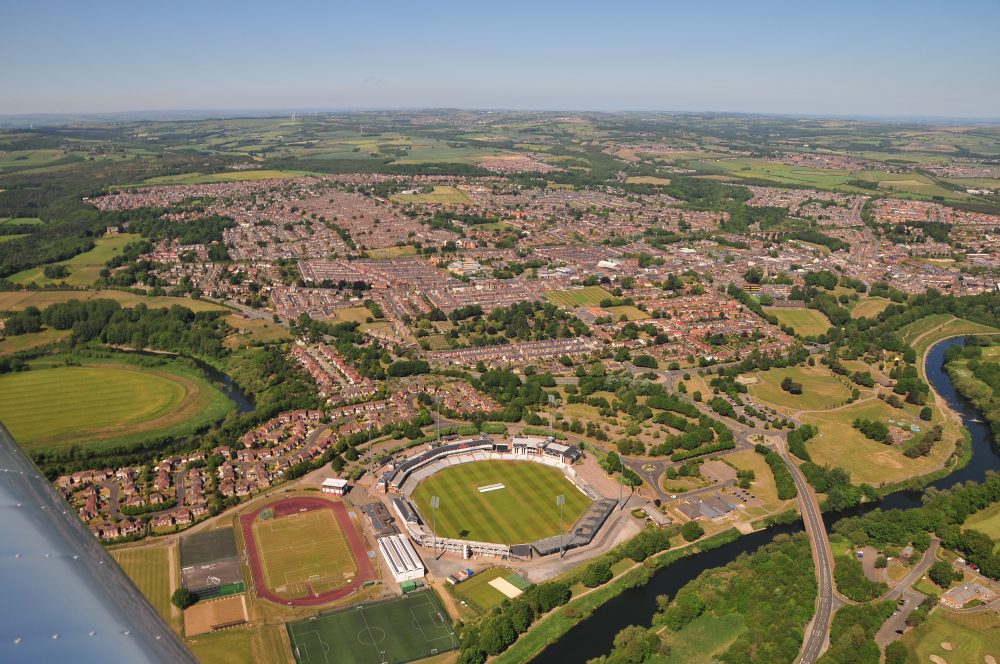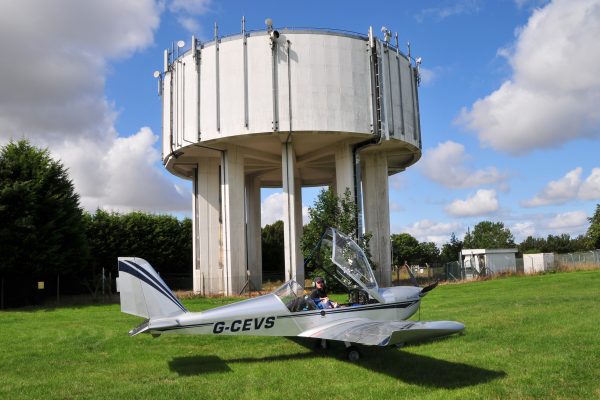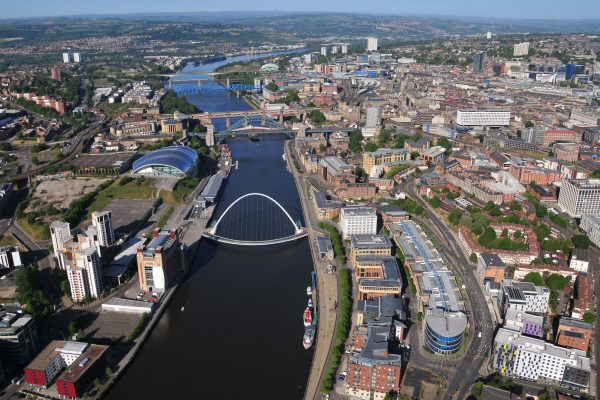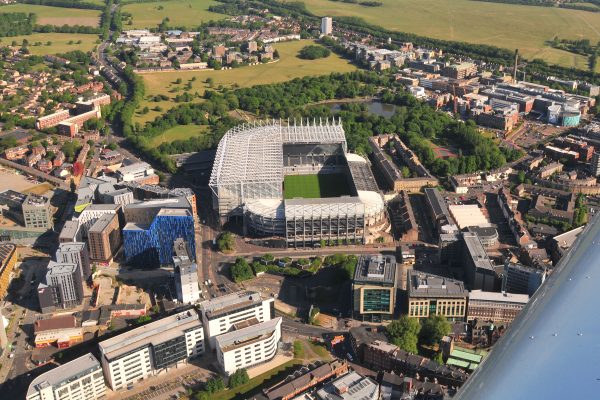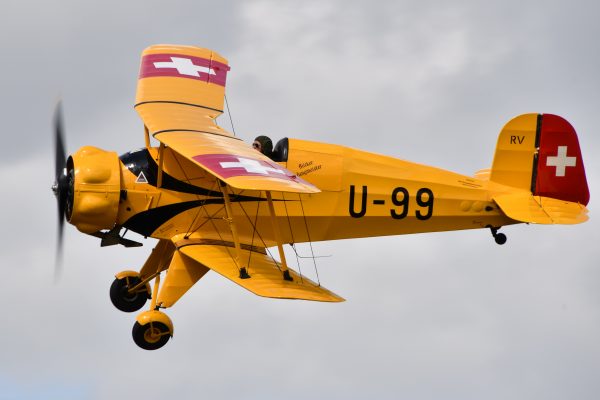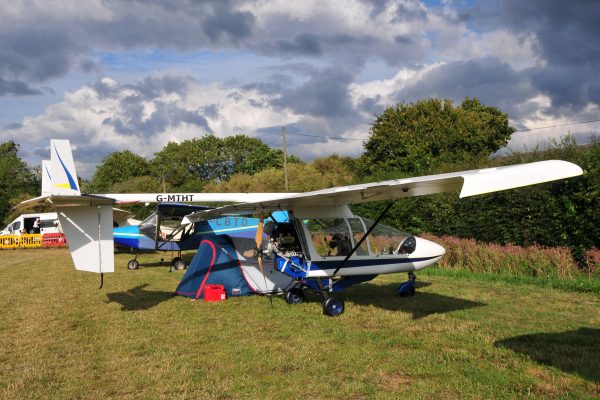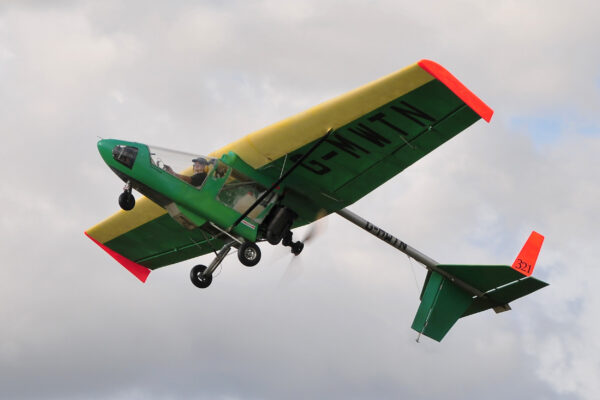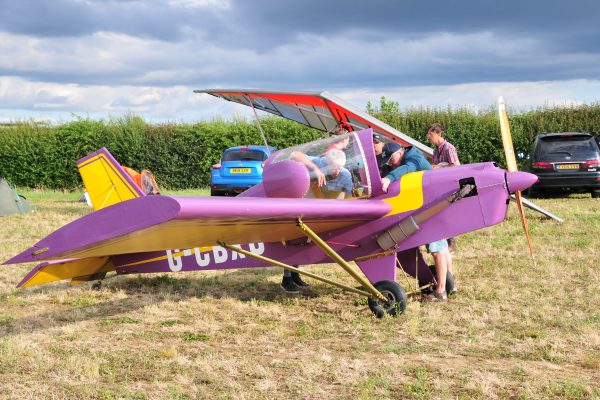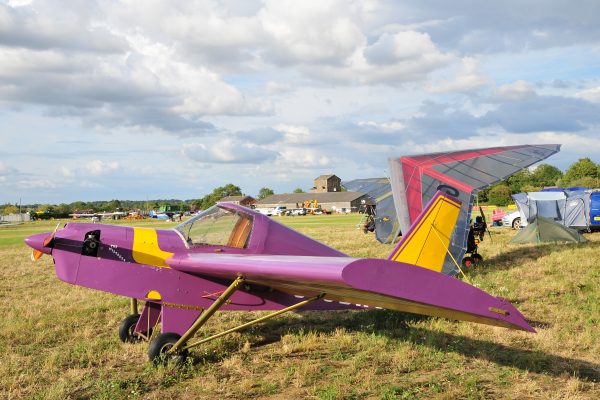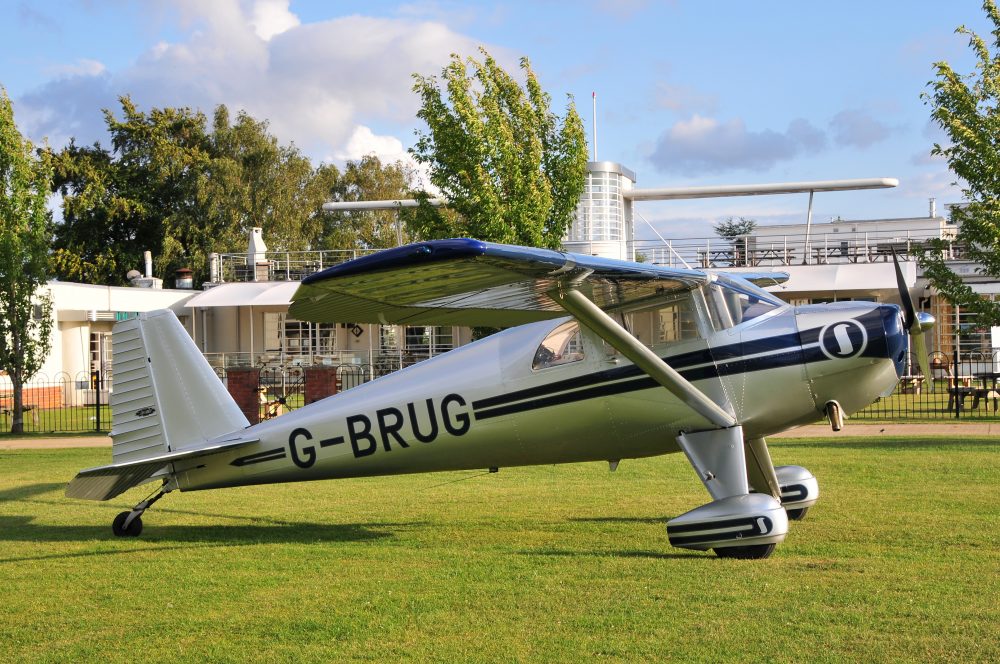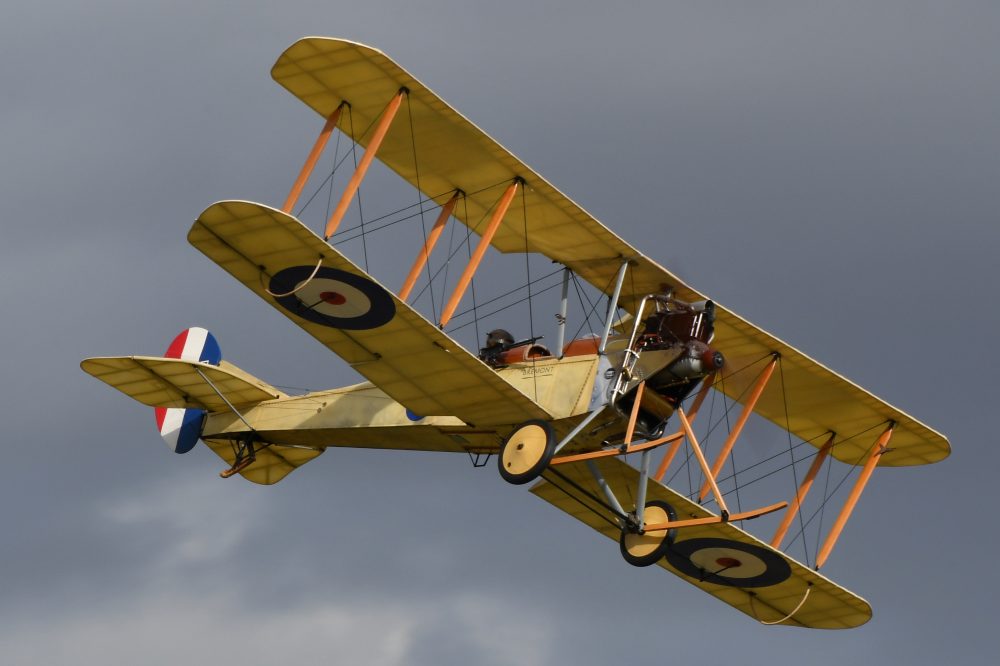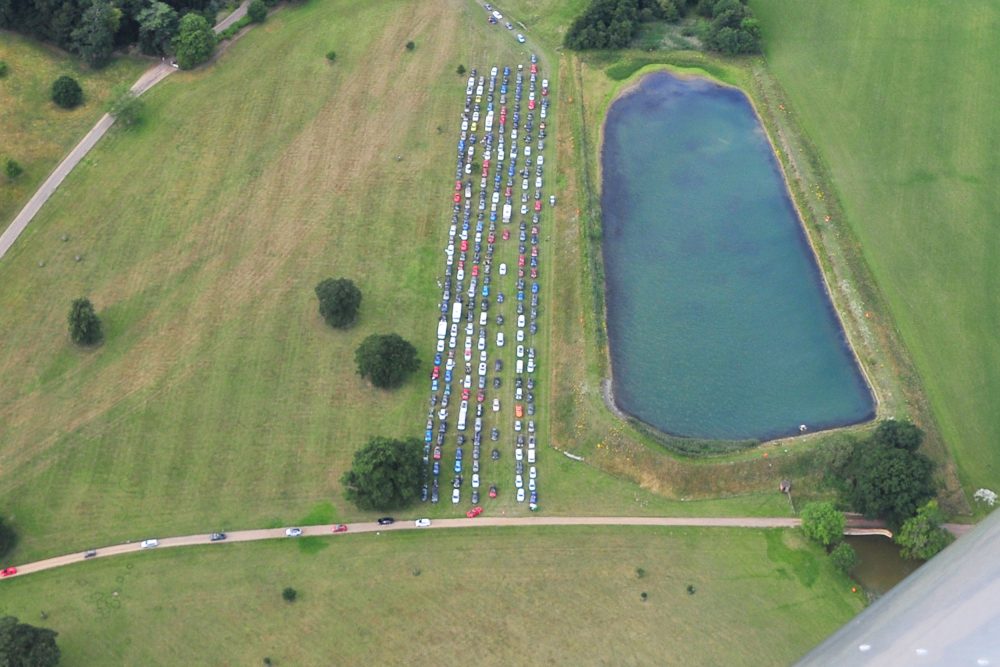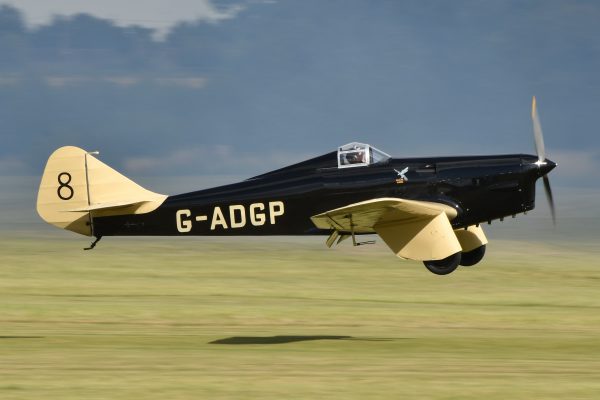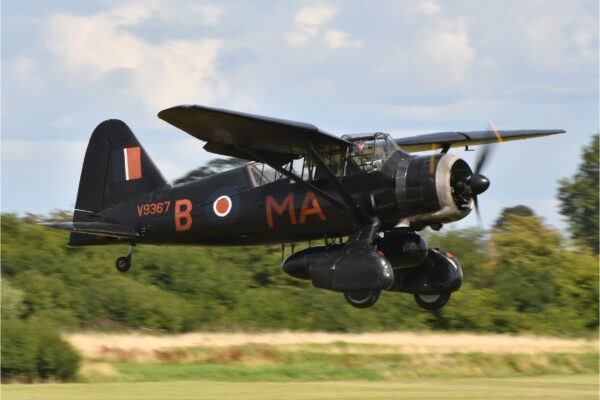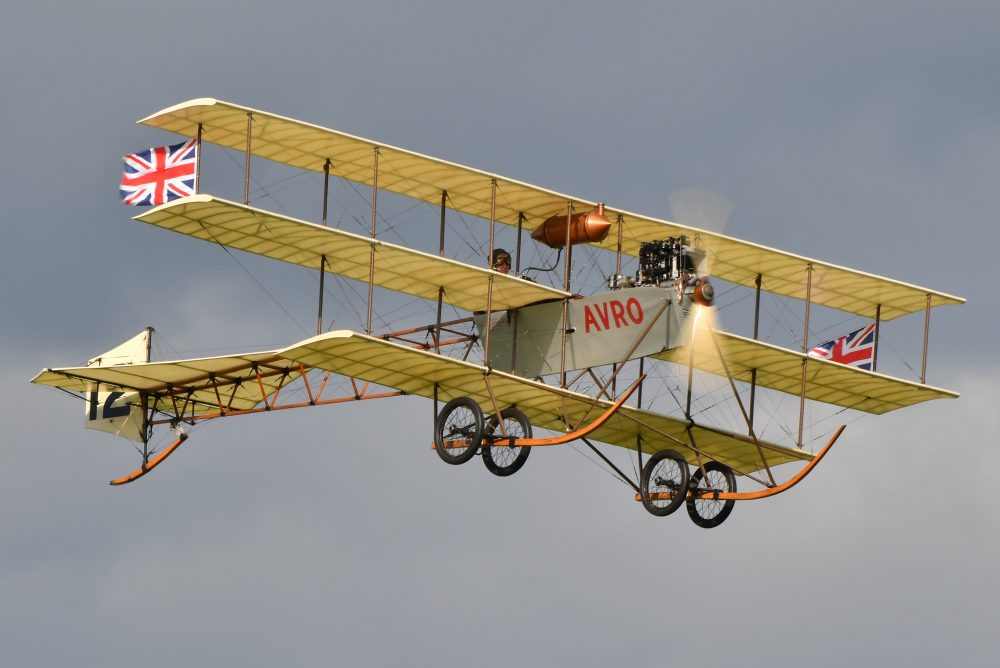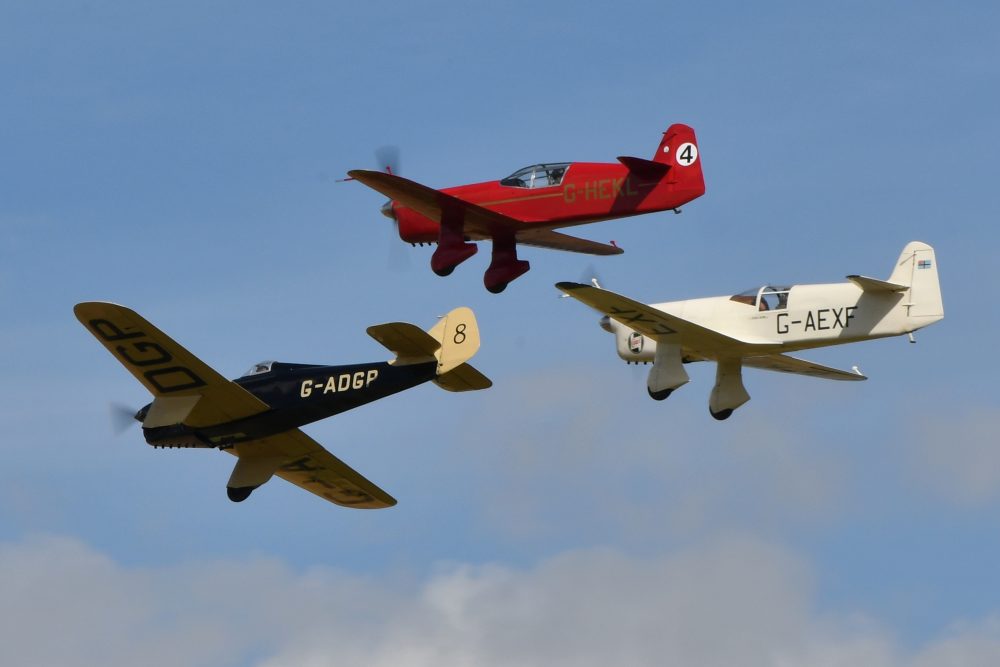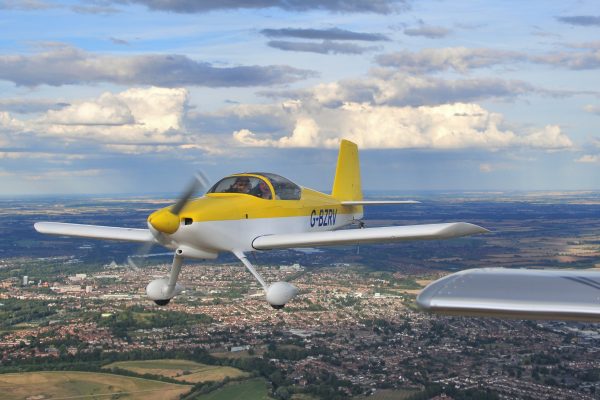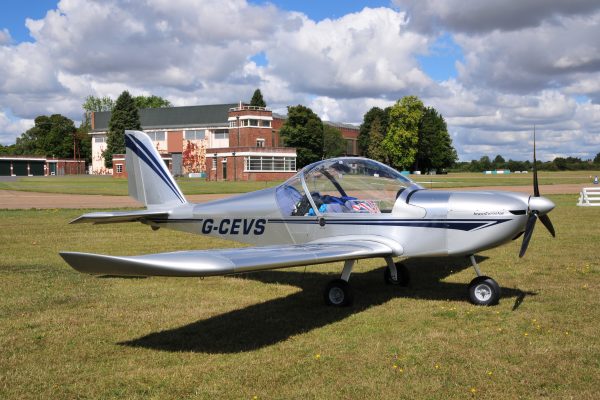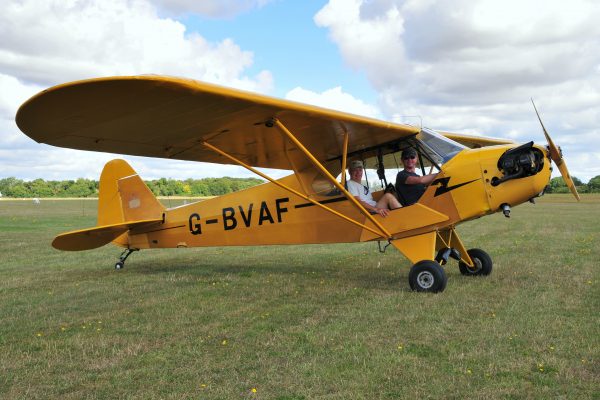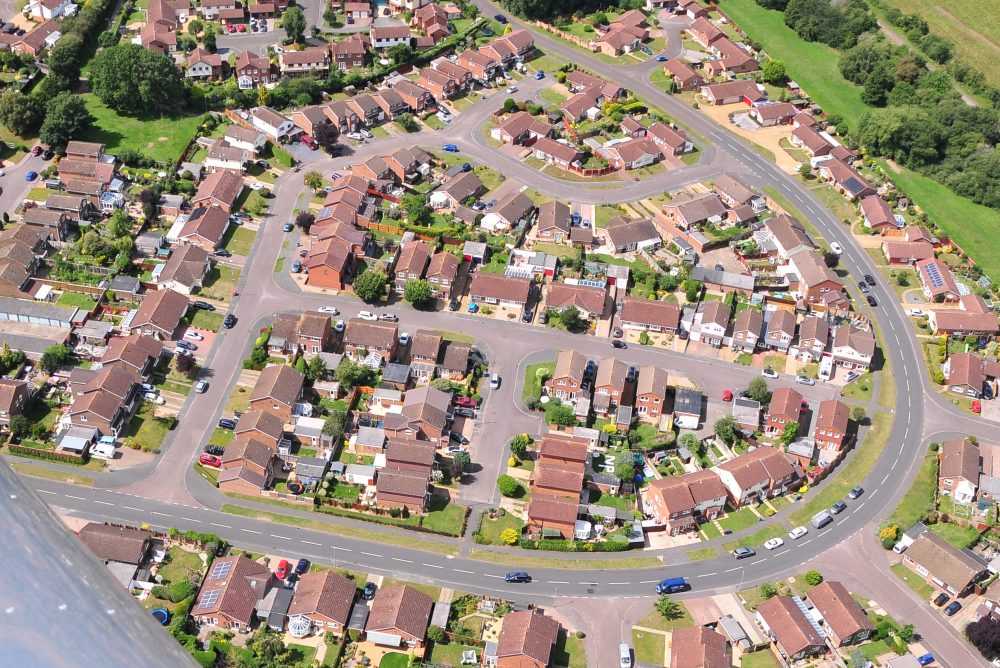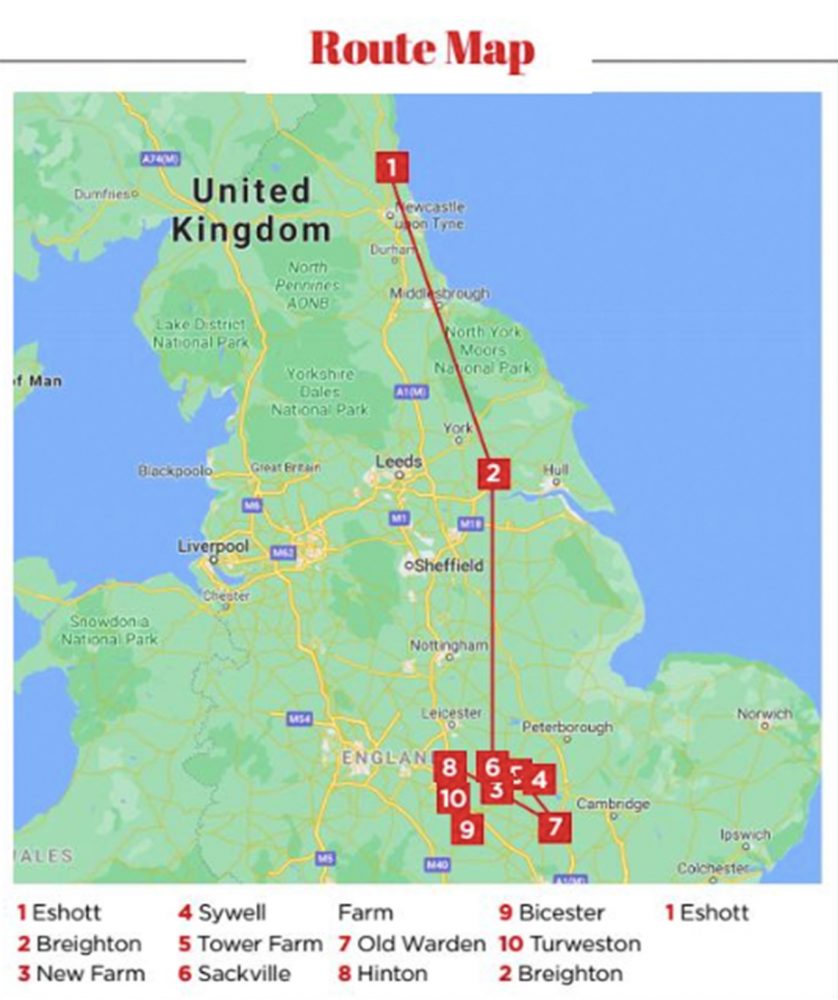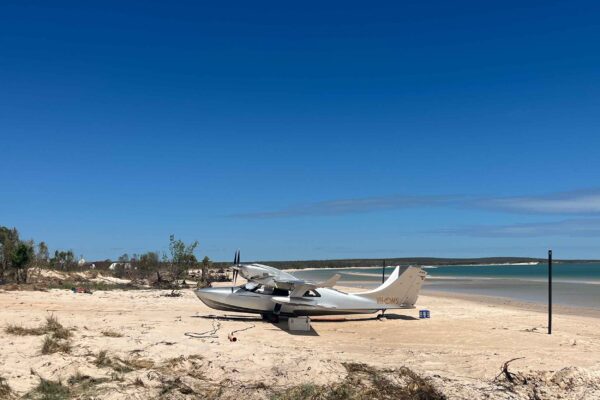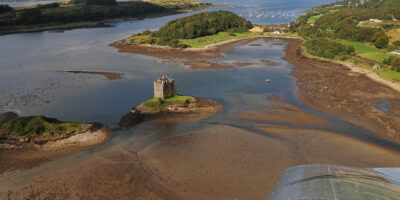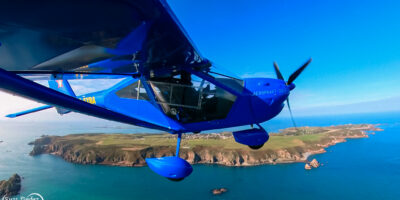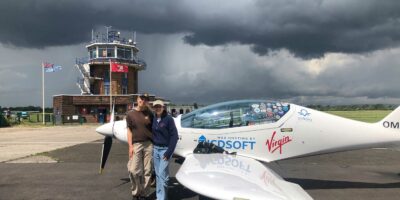While broadcast commentary was available on car radios, we much preferred to listen to the aircraft – in the new format, it’s nice to have the choice.
Another unique formation consisted of three British racers, the 1935 Miles Hawk Speed Six accompanied by the famous Alex Henshaw 1936 Mew Gull G-AEXF and David Beale’s beautiful Mew Gull replica G-HEKL, all powered by six-cylinder de Havilland Gipsy Six / Queen engines of around 200hp (David’s Mew Gull was featured in FLYER, summer 2020). What an incredible sight and sound as they tore around the circuit.
A personal favourite of mine is the 1925 de Havilland DH-51 Miss Kenya G-EBIR, a big three-seat tourer powered by a large 120hp Airdisco V8, which was the first aircraft to fly in Kenya in 1926 where it operated for 40 years before being returned to the UK and restored. Add in an exciting barnstormer display, Peter Kynsey doing aerobatics in a Jungmann, the impossibly agile (and brave) Kirsten and Gemma wing-walking atop two 450hp Stearmans, some great formations including a Lysander/Gladiator and a Spitfire/Sea Hurricane and you can sense how well the aviation enthusiast is catered for at Shuttleworth displays.
But for me, the greatest historical aeroplane flying in the world today is the exceptional de Havilland DH-88 Comet G-ACSS Grosvenor House, which famously won the 1934 MacRobertson air race between England and Australia. Powered by two 230hp Gipsy Six R, the aircraft had three large fuel tanks giving a range of nearly 3,000 miles which enabled pilots, CWA Scott and Tom Campbell Black, to fly the first leg, Mildenhall to Baghdad direct in 12 hours. The Comet finally arrived in Melbourne after 70 hours and 54 minutes (of which 65.5 hours were airborne), ahead of a KLM Douglas DC-2, the forerunner of the great DC-3. Grosvenor House, (named after the owner Arthur Octavius Edward’s Hotel in Park Lane which is now a five-star Marriott) was finally restored to flight in May 1987 after being grounded for almost 49 years.


